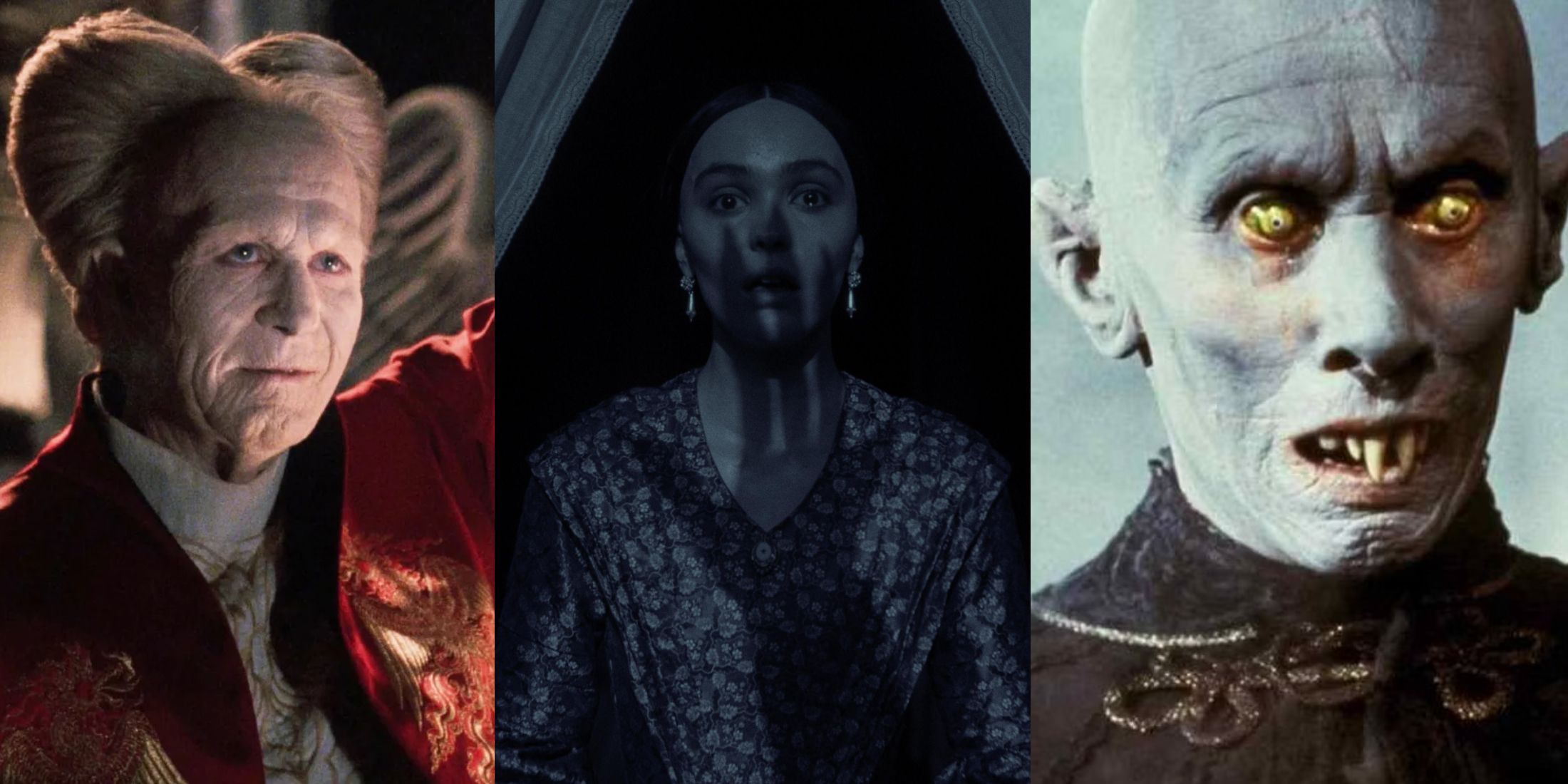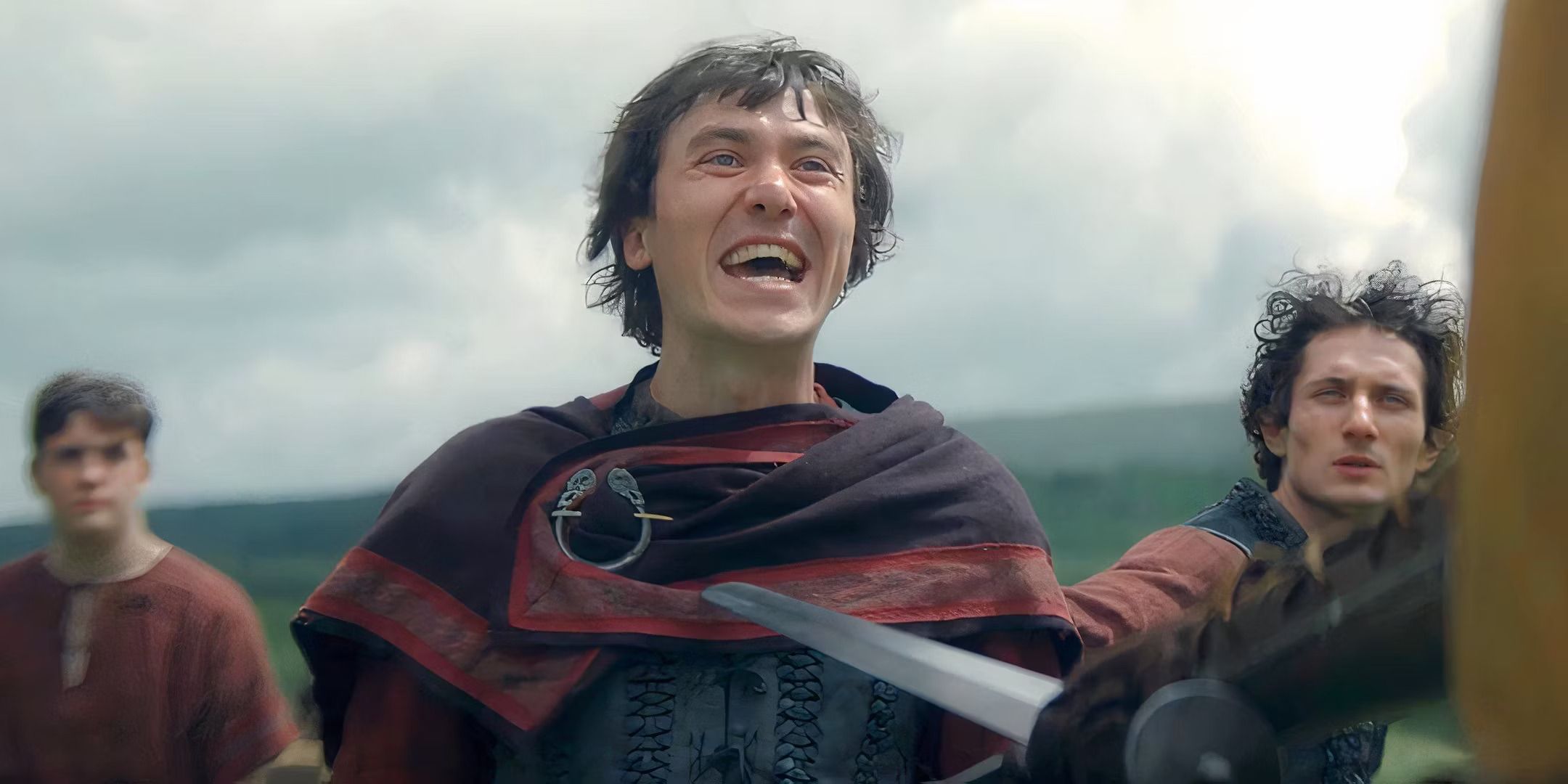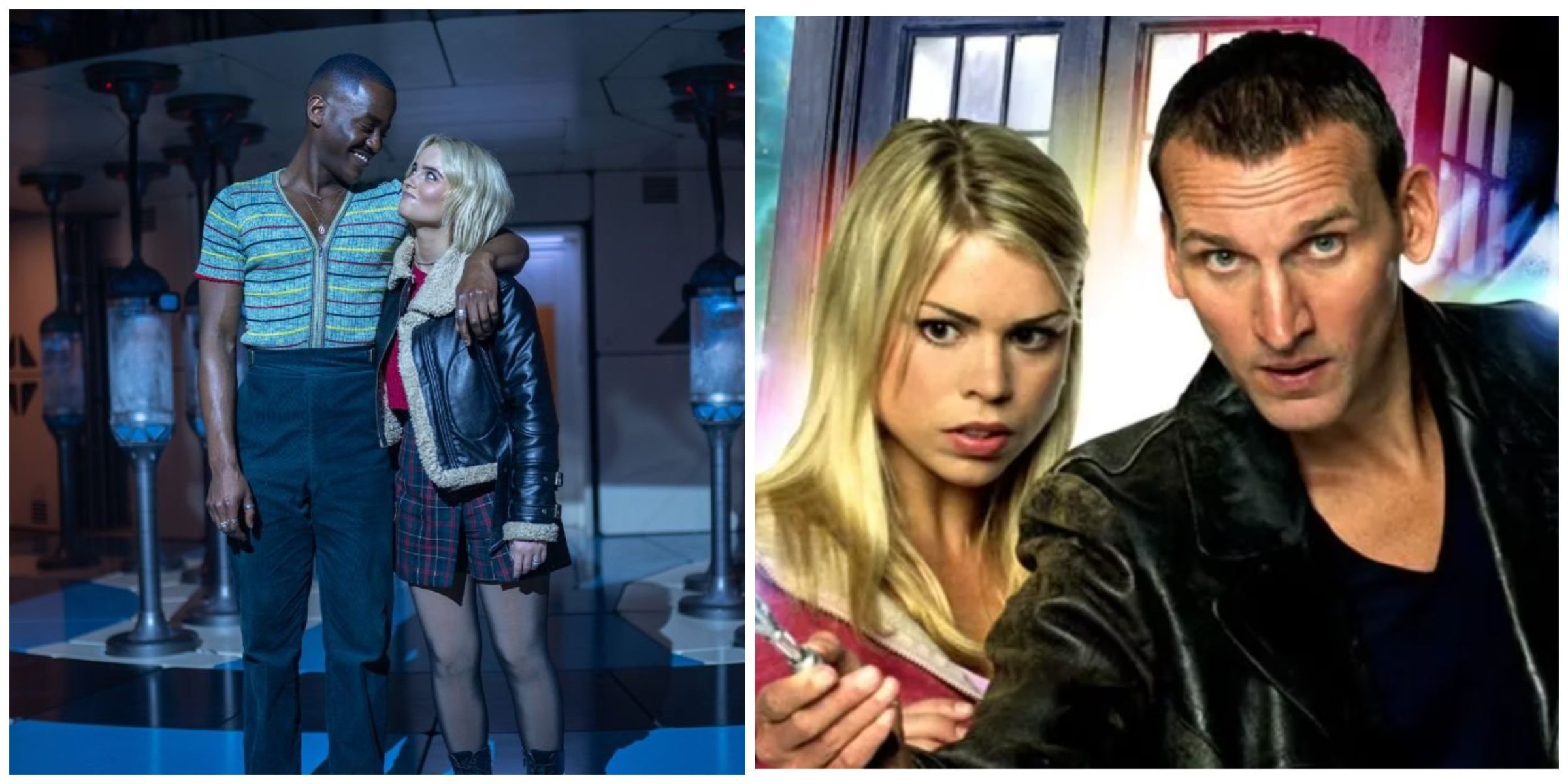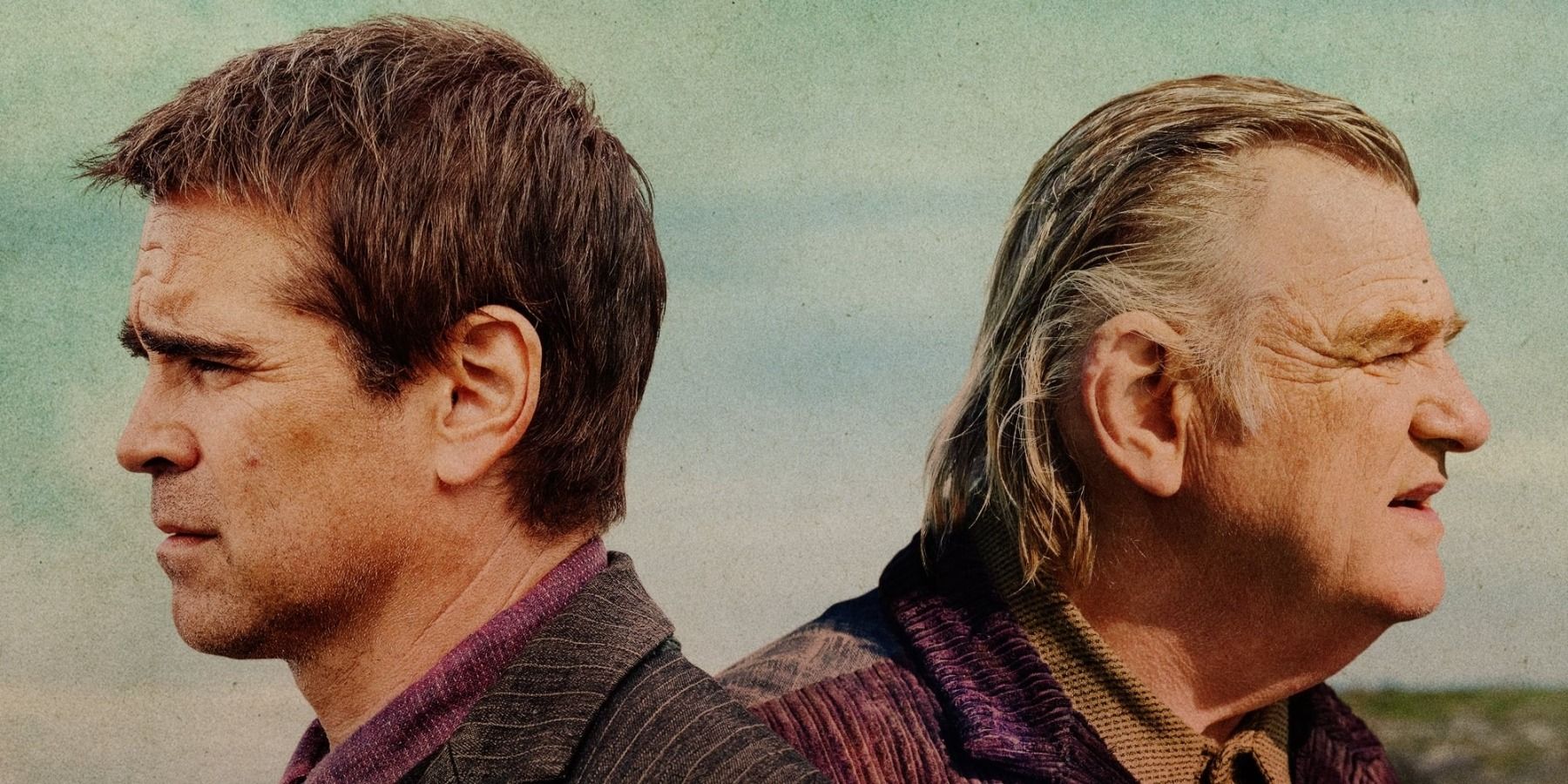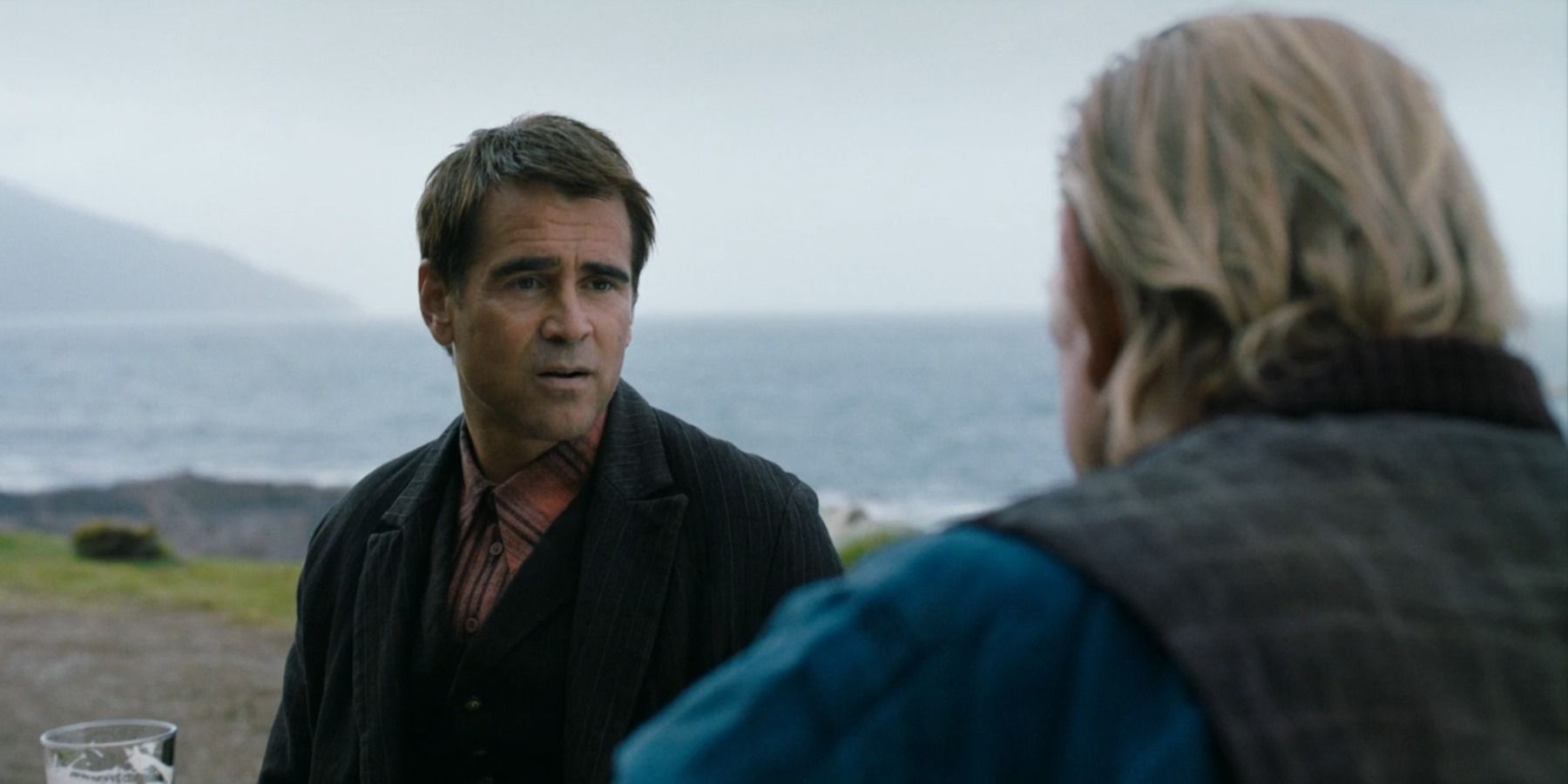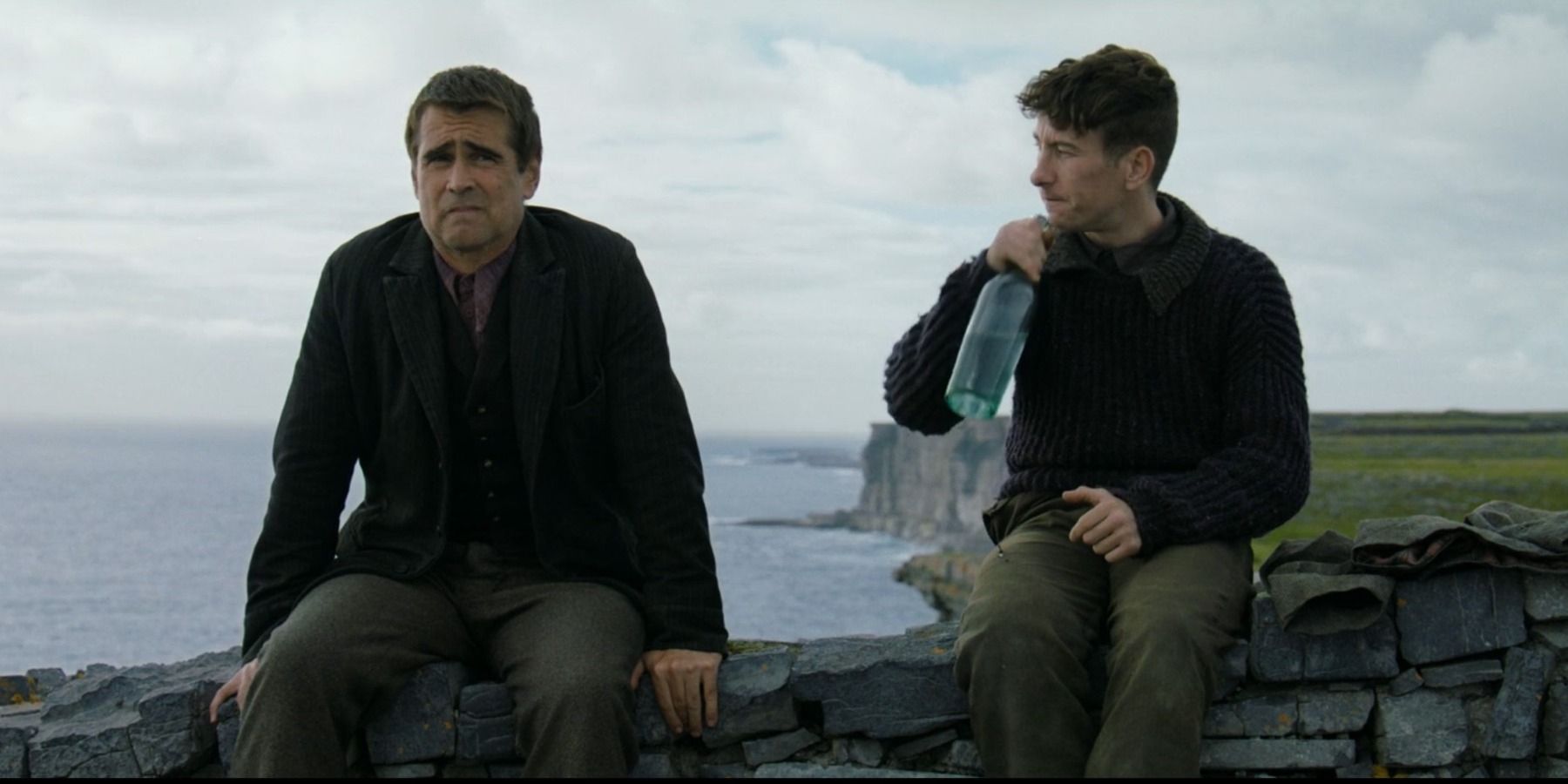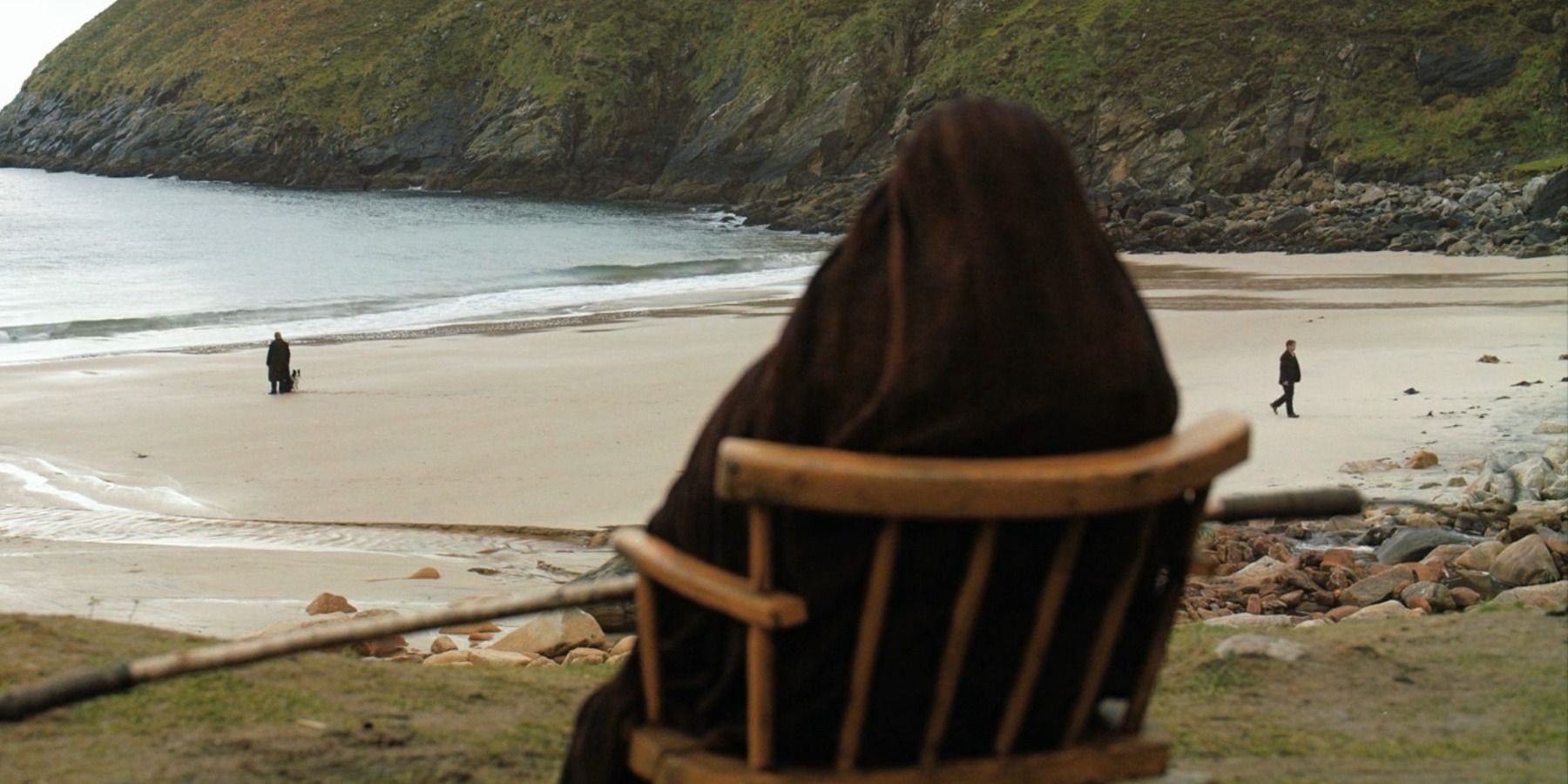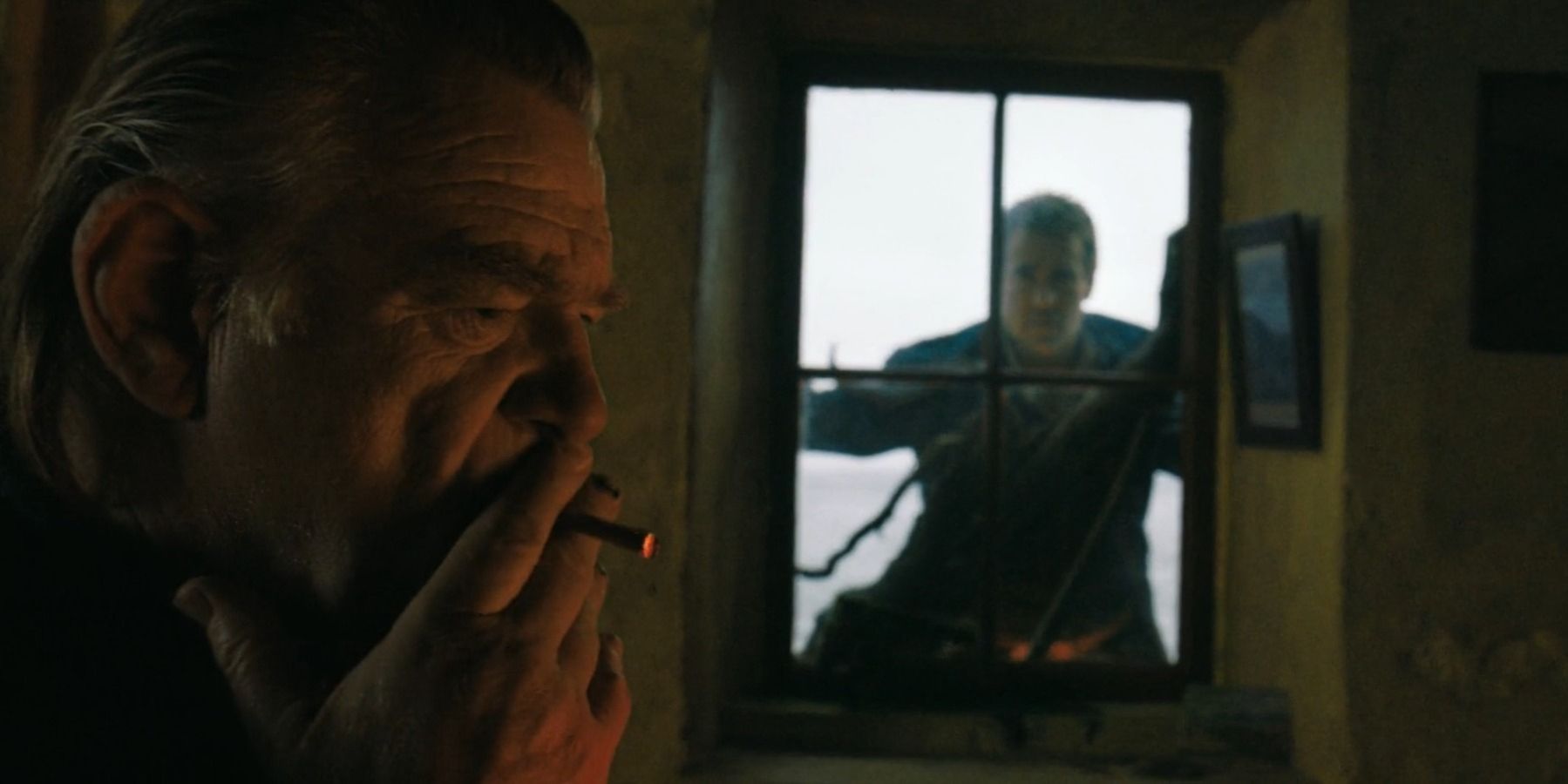The Banshees of Inisherin, Martin McDonagh’s fourth feature-length film, has grown to become one of critics’ favorite movies of the year boasting nine Oscar nominations, though its dark tone and humor hide an ending that may have left many wondering what was the point of Pádraic and Colm’s entire feud in the first place.
Indeed, Colin Farrell, Brendan Gleeson, Barry Keoghan and Kerry Condon’s performances make it easy to overlook what are the real themes played out in this black comedy, yet the more one knows about its creator and Irish history, the easier it is to appreciate everything that’s going. The Banshees of Inisherin often feels more like a stage play than a movie, which is really no accident considering that’s where McDonagh first learned his craft, but it’s something that really helps all the pieces in this very Irish story fall into place.
Peak Irish Theather
Tragedy, comedy and satire are known as the pillars in which ancient greek literature (and theater, of course), finds its origins, without one or more of these foundational genres, drama really doesn’t exist. In that sense, The Banshees of Inisherin’s depiction of Pádraic and Colm’s falling out assigns each of the two friends a heavier tragic or comedic role, with the entire Irish Civil War setting acting as the satire and also the stage where this absurd conflict takes place.
Like many plays, Banshees of Inisherin invites viewers to accept an outlandish premise, that Colm can rudely wake up one day and realize he no longer has any patience left in him for Pádraic’s nonsense, a shallow motive at best, but one that makes more sense as the film progresses. Despite it only being mentioned once towards the end of the movie, despair is the true motif to Colm’s entire story, and much of the movie for that matter, given the ongoing war and the general pessimism that lives inside every Inisherin resident — except for Pádraic and Siobhan.
If Colm's tragedy is what causes him to push away his friend, then Pádraic is comedy as his general mood is "optimistic" compared to the rest of the people in Inisherin, he’s the nicest guy in town as Dominic would say, even if that doesn’t mean he’s grounded in reality like his sister, who’s seemingly the only one willing to escape the town before this depressing land destroys her. Nevertheless, it’s obvious that Pádraic is driven to burn down his friend's house when the last drop of goodness is extracted from the moment his donkey Jenny dies, which much like Dominic’s demise serves to remind the audience that even in the dumbest wars there are unwanted casualties.
At the end of the day, Pádraic and Colm’s relationship serves to illustrate how war can destroy even the nicest souls, how pointless most conflicts are, and how violence can turn even one’s friends or family into enemies in the blink of an eye. Like most wars, Pádraic and Colm put an end to their fight begrudgingly in the ending, they’re no longer friends, both are scarred for life, have suffered irrecoverable losses and at best they’re left with nothing to show for except for a silent grudge that could last for generations to come, all for the sake of nothing.
What Is A Banshee?
In Irish folklore banshees are supernatural beings that foreshadow death upon those who see it, whether it’d be on the person itself or to those close to them, so basically a Celtic version of the Latin American Llorona (think The Curse of La Llorona). The Banshees of Inisherin has its own very real banshee in Mrs. McCormick, a shadowy figure that’s always around in some of the most pivotal scenes, always foreshadowing death.
Shiobhan is practically the only person not afraid to face this banshee, she talks to her, she invites her in, much to Pádraic’s disdain, and that should be interpreted as a testament to why she leaves Inihserin. Pádraic fears Mrs. McCormick because, make no mistake, this banshee is an omen of death, it’s just not death that the audience sees coming.
Another parallel that can be drawn using Mrs. McCormick is that this banshee plays a similar role to the United Kingdom in the Irish civil war, sowing discord among the two Irish factions much like the British Empire did in places like India. Ultimately, The Banshees of Inisherin is an Oscar movie with many possible interpretations, especially due to the way Pádraic and Colm change throughout the film, and the same can be said of its ending whose crescendo starts with that same image of Pádraic looking in at his former friend from outside his home.
Tho who have watched McDonagh’s other Oscar-nominated movies will find similarities between In Bruges or Three Billboards Outside Ebbing, Missouri and The Banshees of Inisherin, where themes of despair, futility and depression are used in a way that makes it possible for viewers to chuckle a several times thanks to its fantastic script.
The movie’s ending is meant to be as abrupt as its beginning, almost as if the curtain falls and the audience is transported back to reality after a 2-hour emotional ride that chooses war, depression, despair and beautiful Irish scenery to decorate the stage, one that certainly deserves to be in contention for Best Picture.

